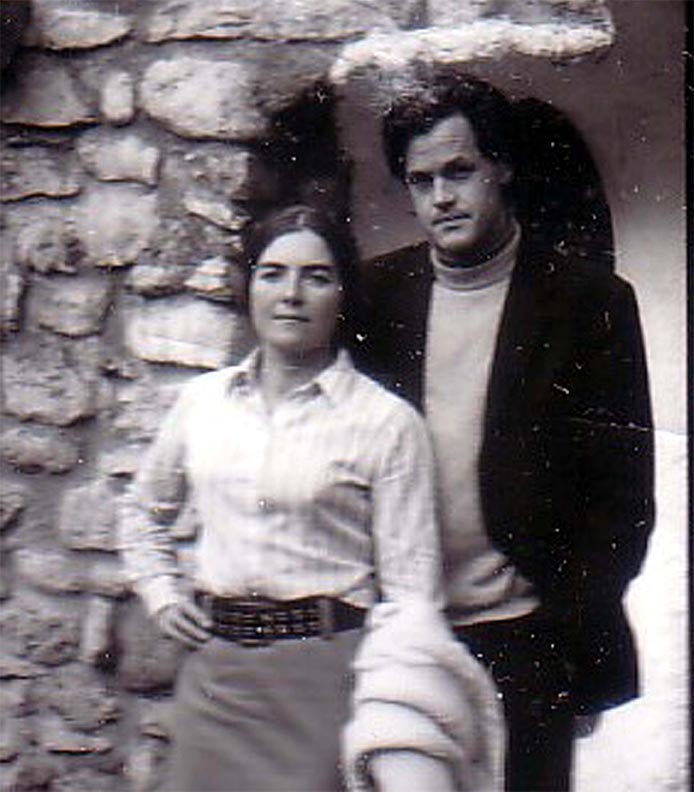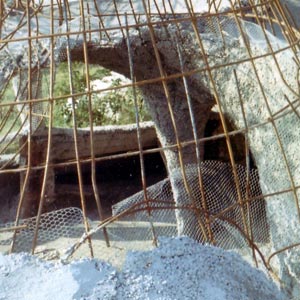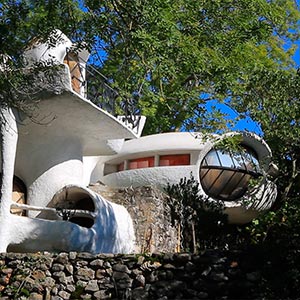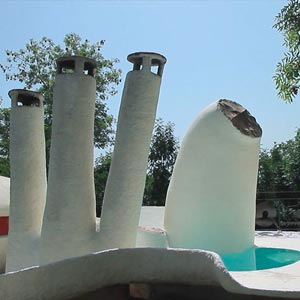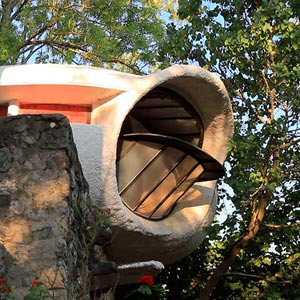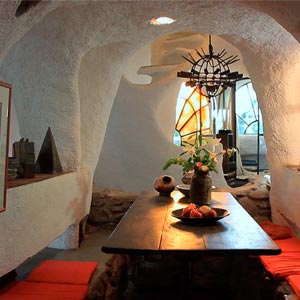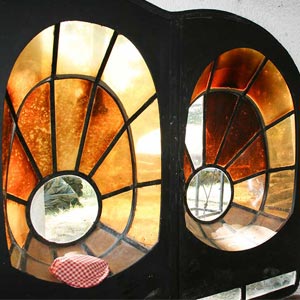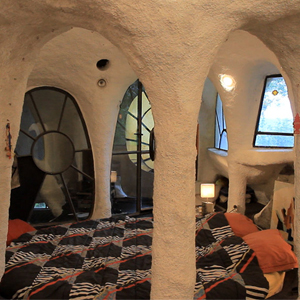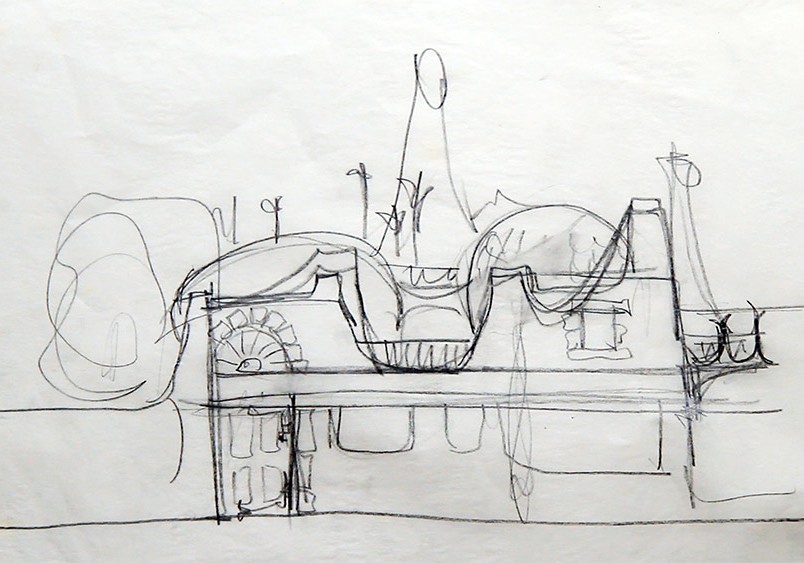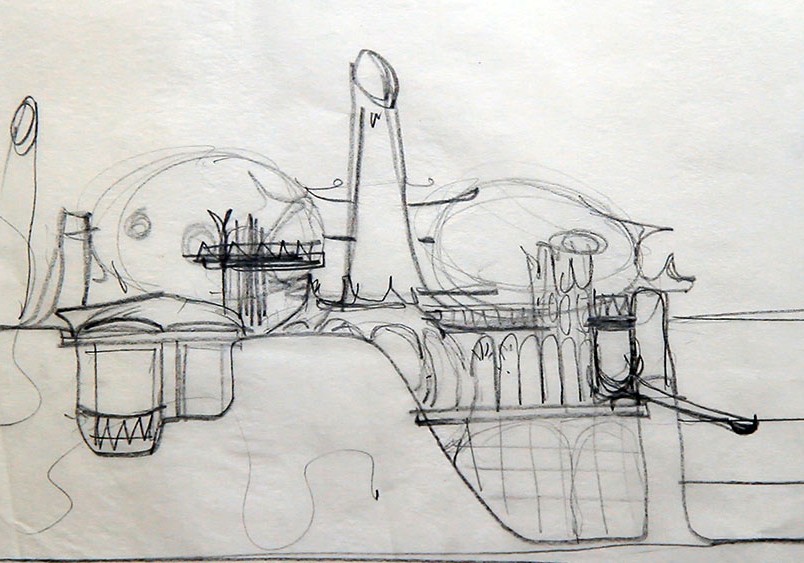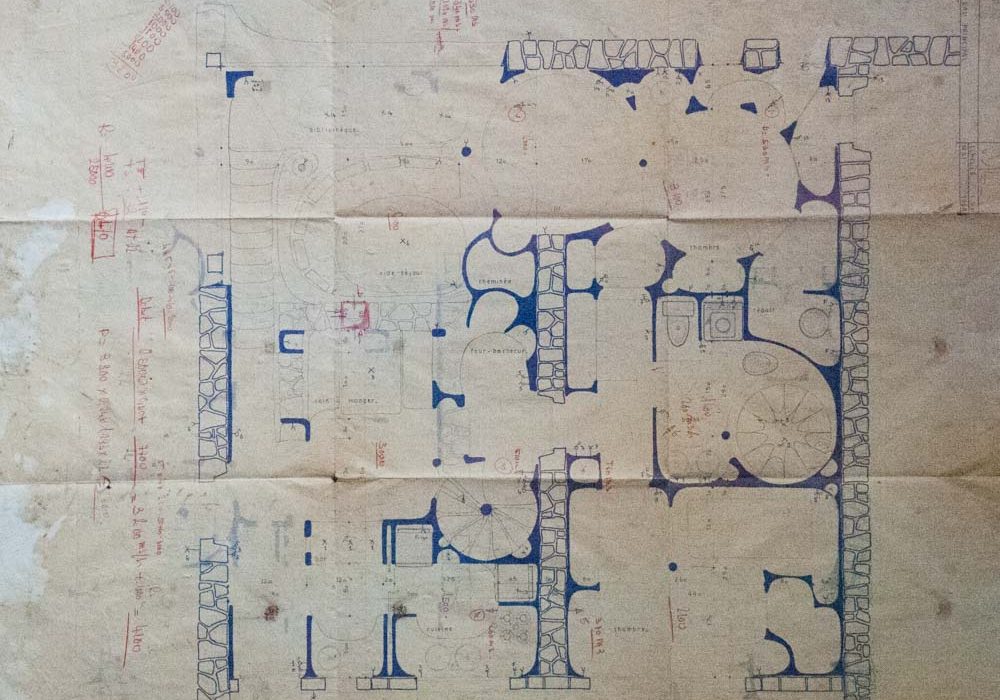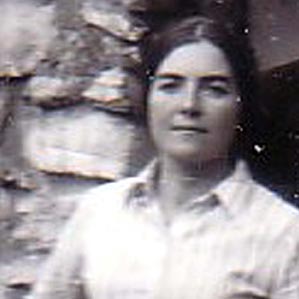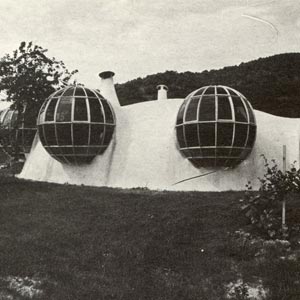ORGANIC ARCHITECTURE
BUBLE HOUSE OF MINZIER
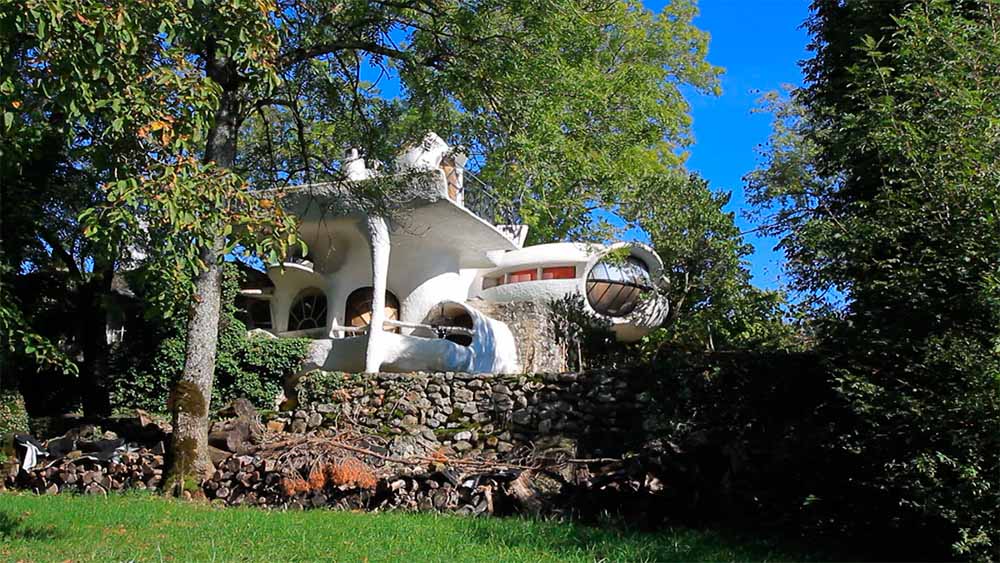
This architecture seeks harmony between the habitat and the “natural” world around it. This conceptual approach to listening to the site, the architect applies it to the construction of the building and its furniture. It makes it a unified composition and intimately linked to its environment. These are mostly houses built in self-construction using the technique of concrete shell.
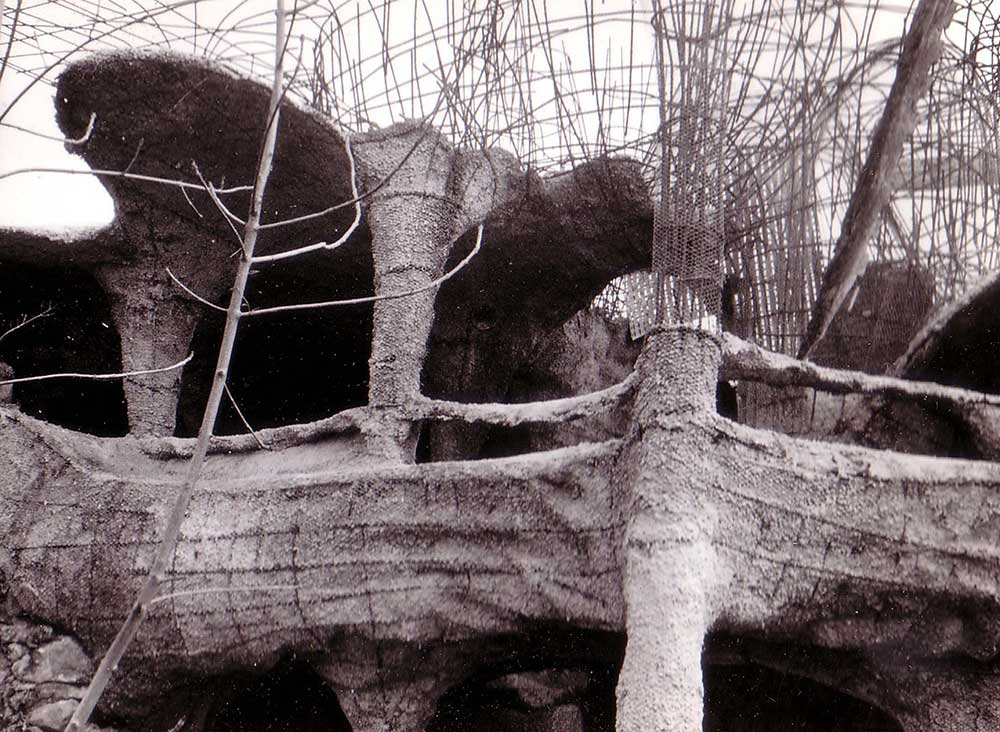
FILMS ABOUT THE BUBLE HOUSE OF MINZIER
Extract from a documentary on the history of the construction of the House.
Film of a duration of 13 mn.
Directed by: Jacques Bayol
Claude Costy on France 3
Hello everyone,
today the french television news program of France 3 Auvergne-Rhône-Alpe has broadcasted a report on Claude Costy as part of a series of programs on the history of concrete.
Feel free to tell Claude Costy your comments on this topic in the form below
See you soon for new adventures in the world of concrete shell and organic architecture.
Jacques Bayol
TF1 progam shot in the Buble House of Minzier in 2003
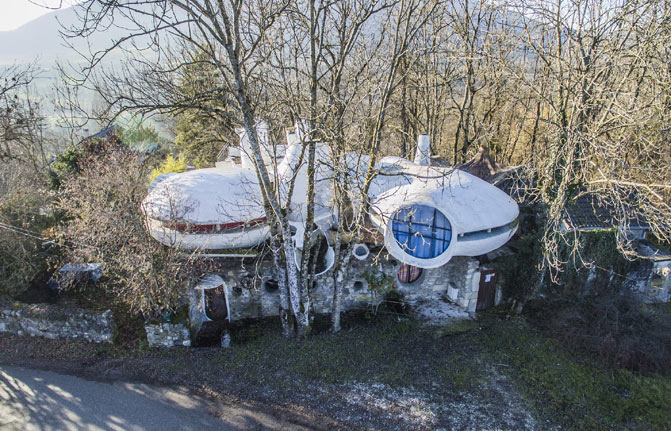

“On the existing ruin we started bubbles, we made all sorts of vaults that would support a superior terrace on the first floor, sketches that were made every night, it was improvised, precisely, the mason had it The idea of making three fan-shaped chimneys, which we had not foreseen in our designs. ”
